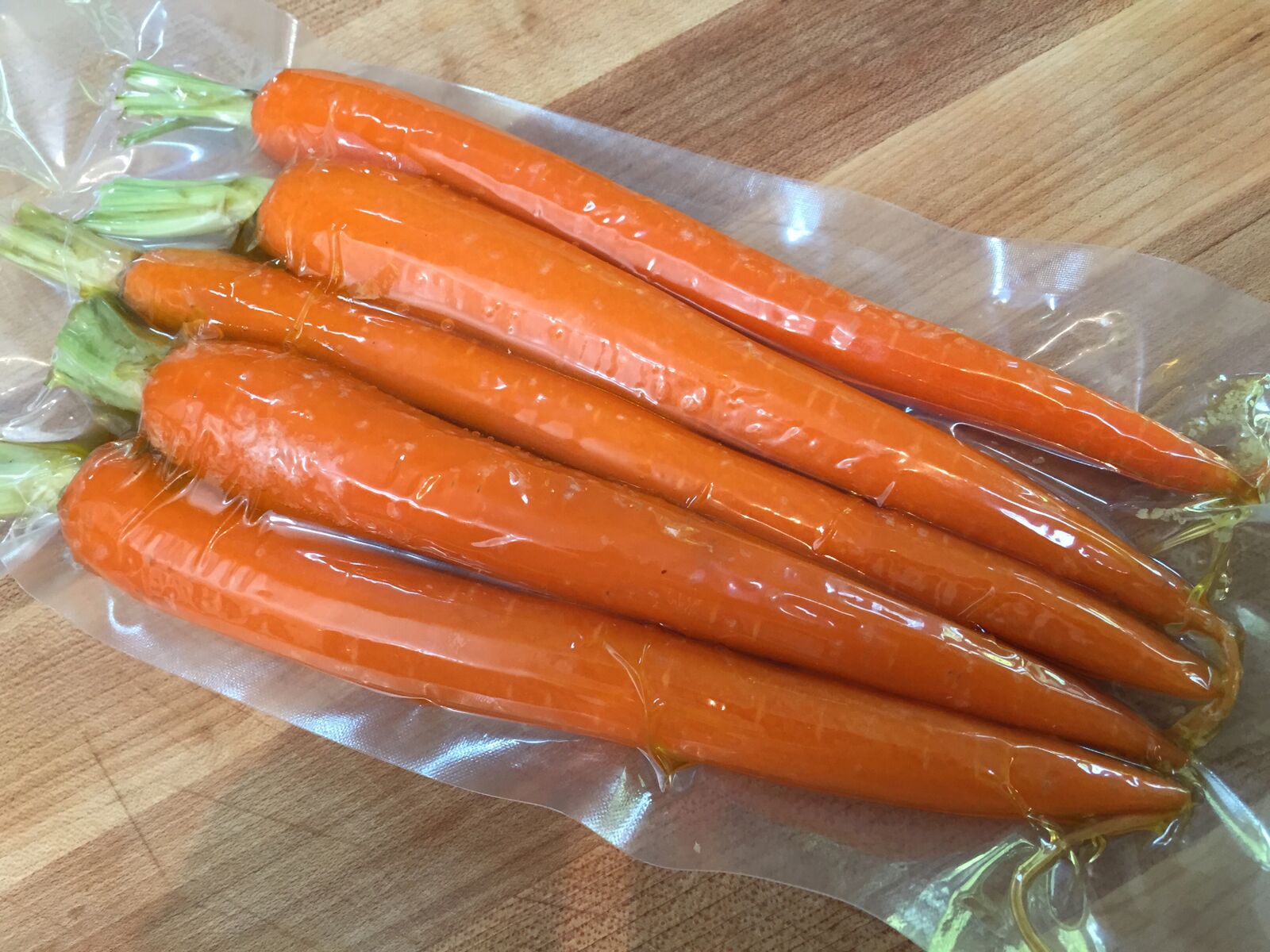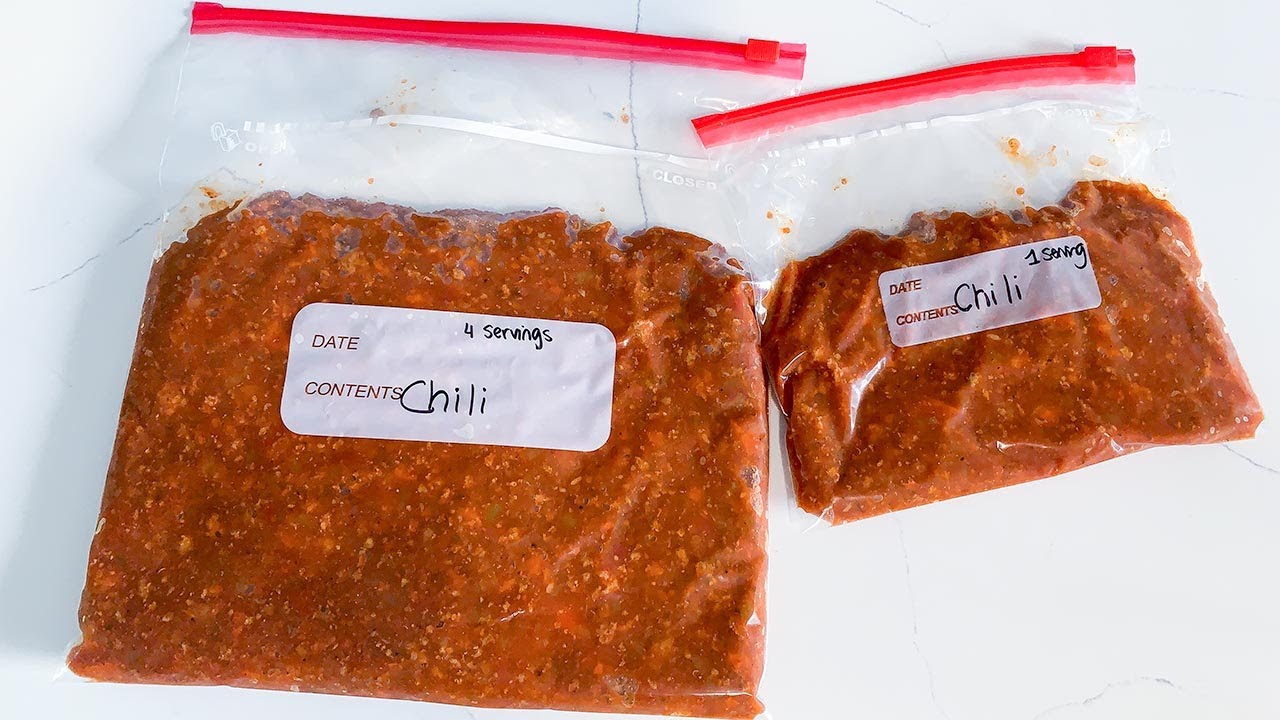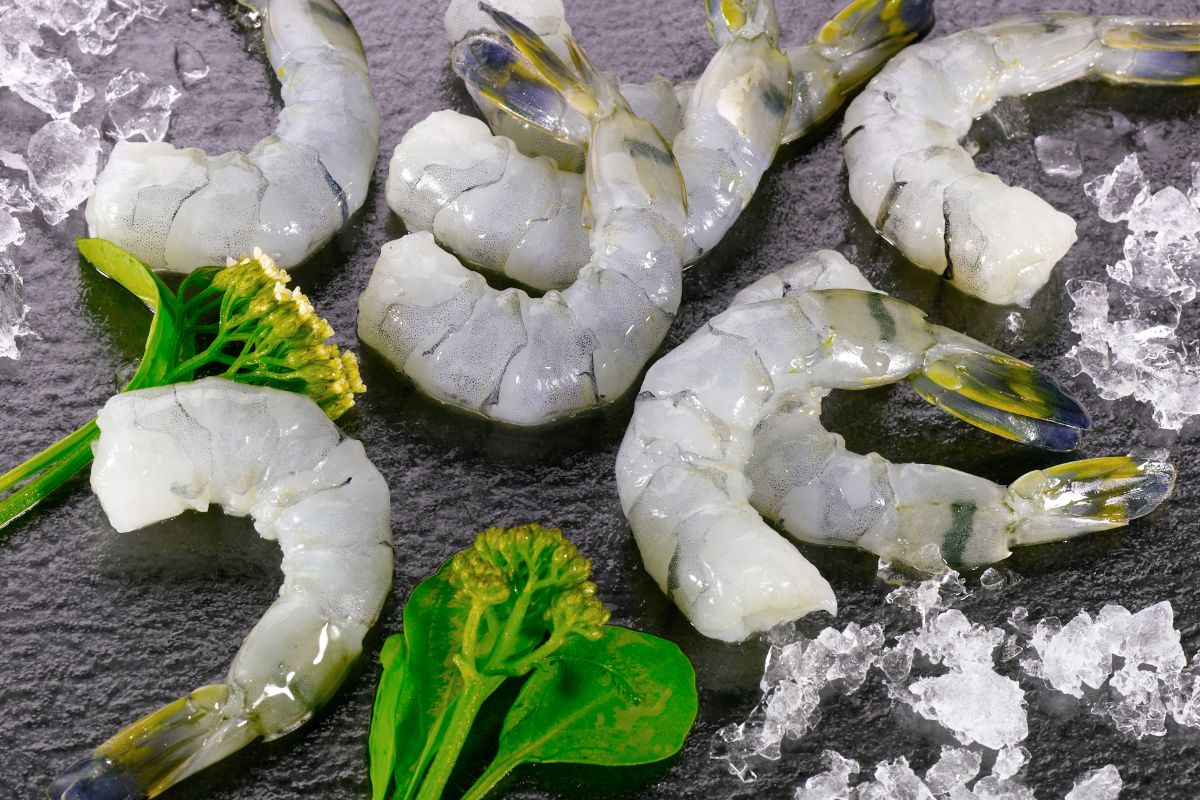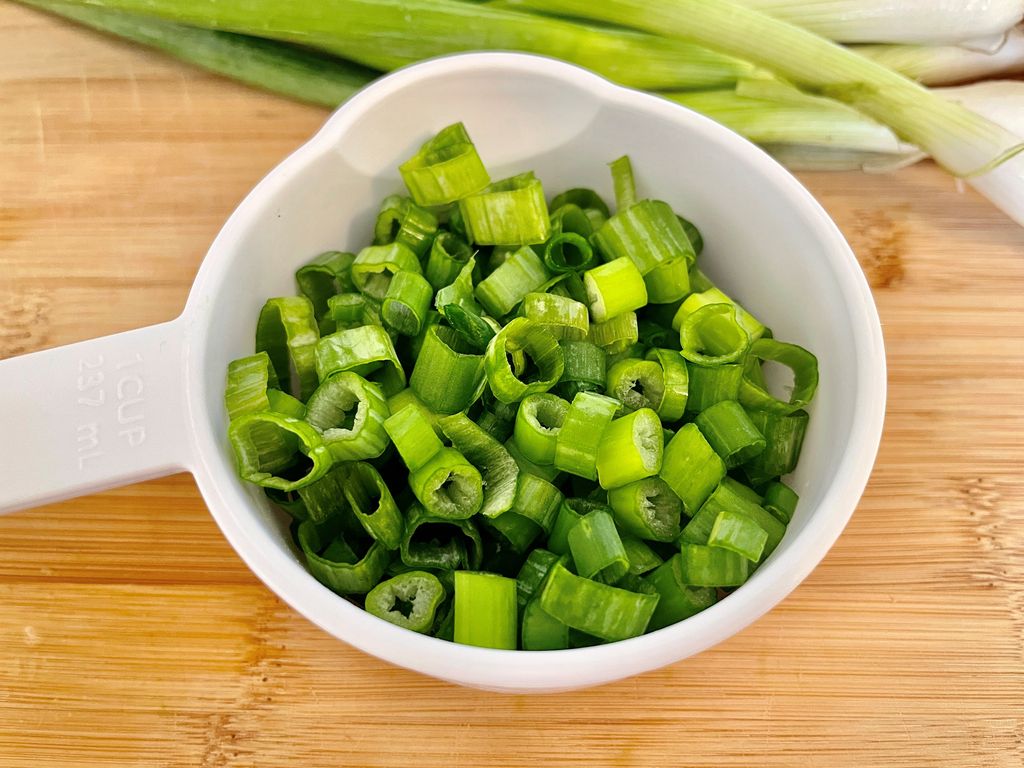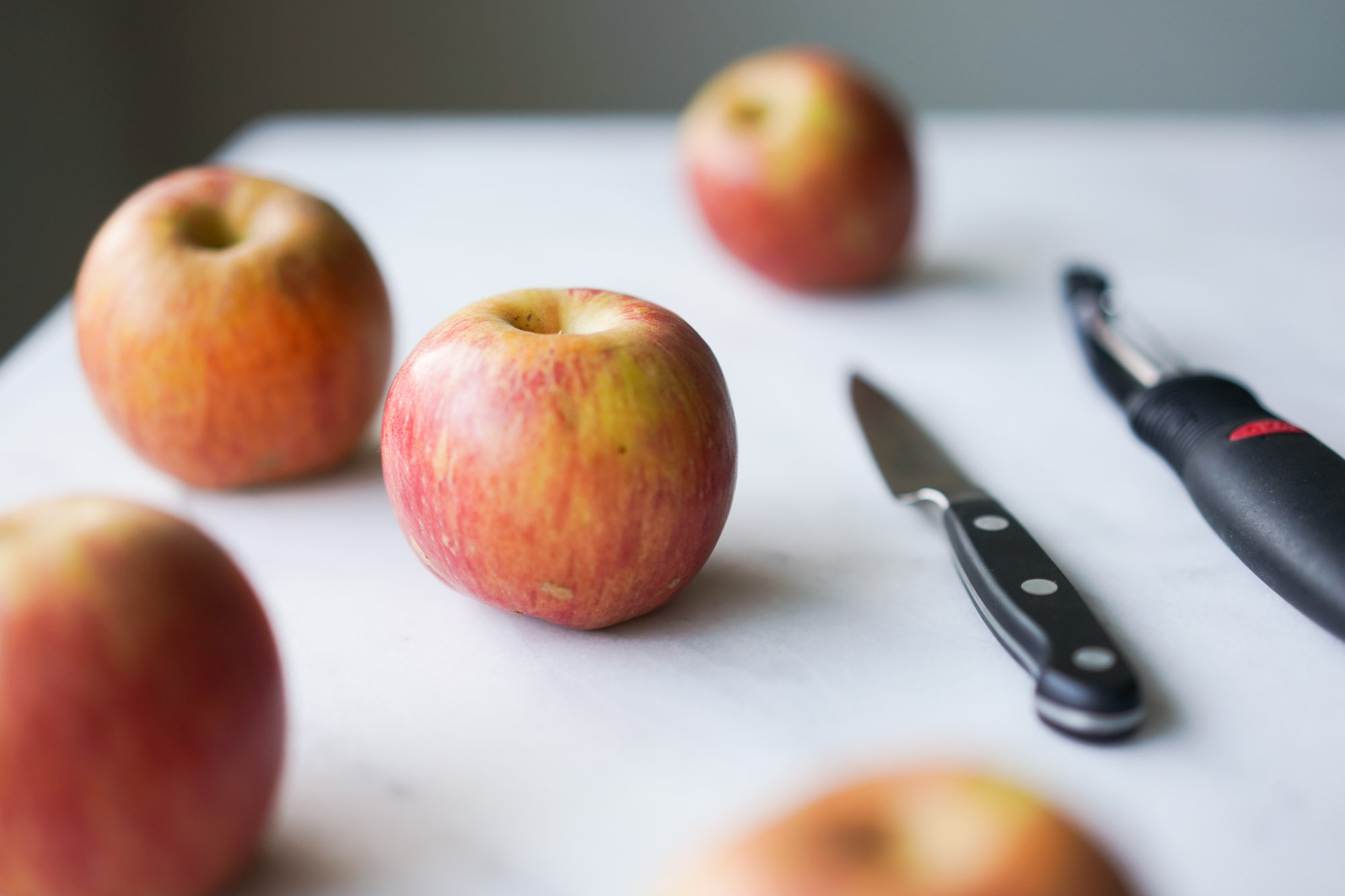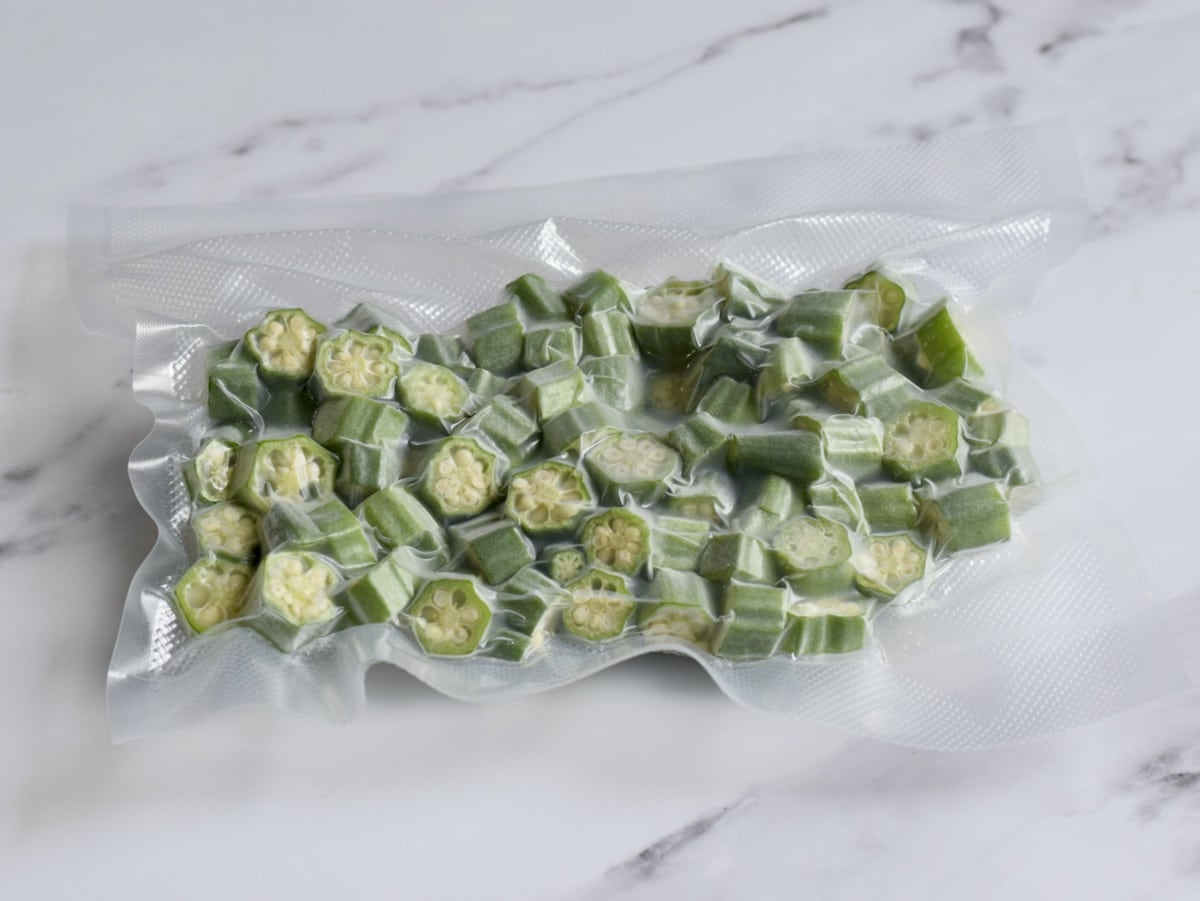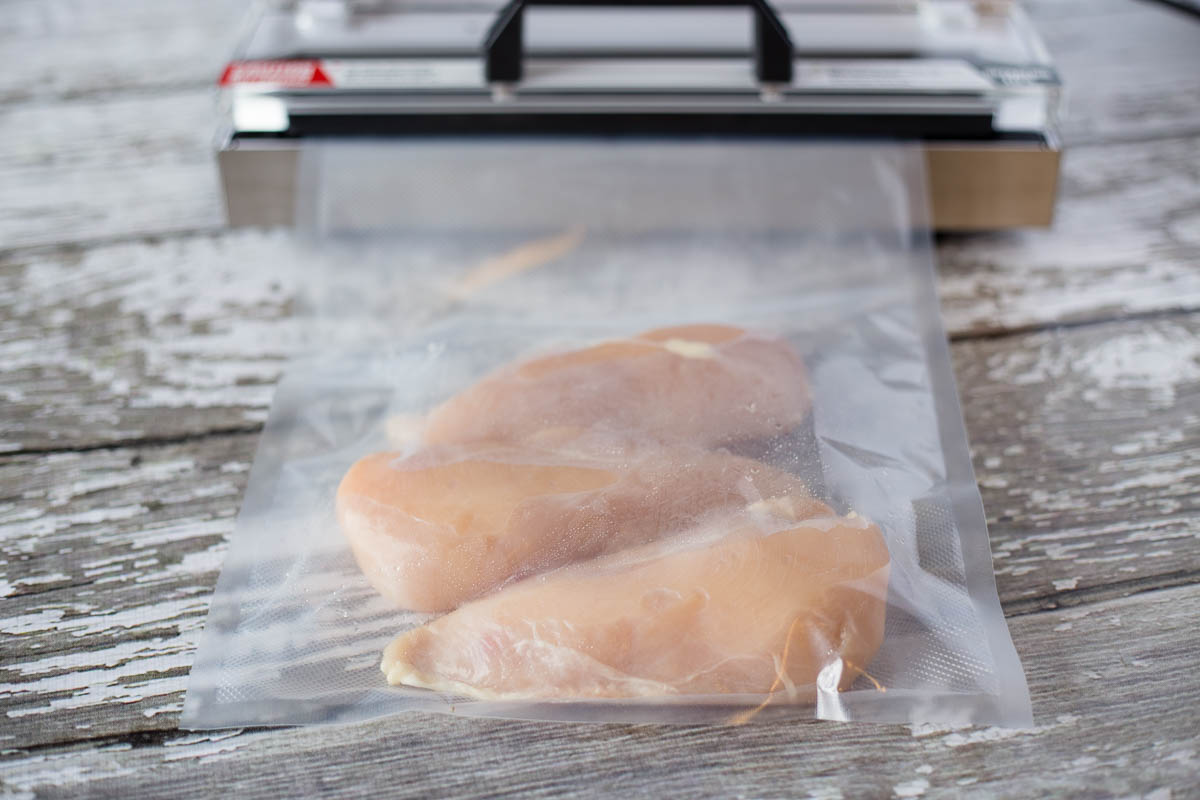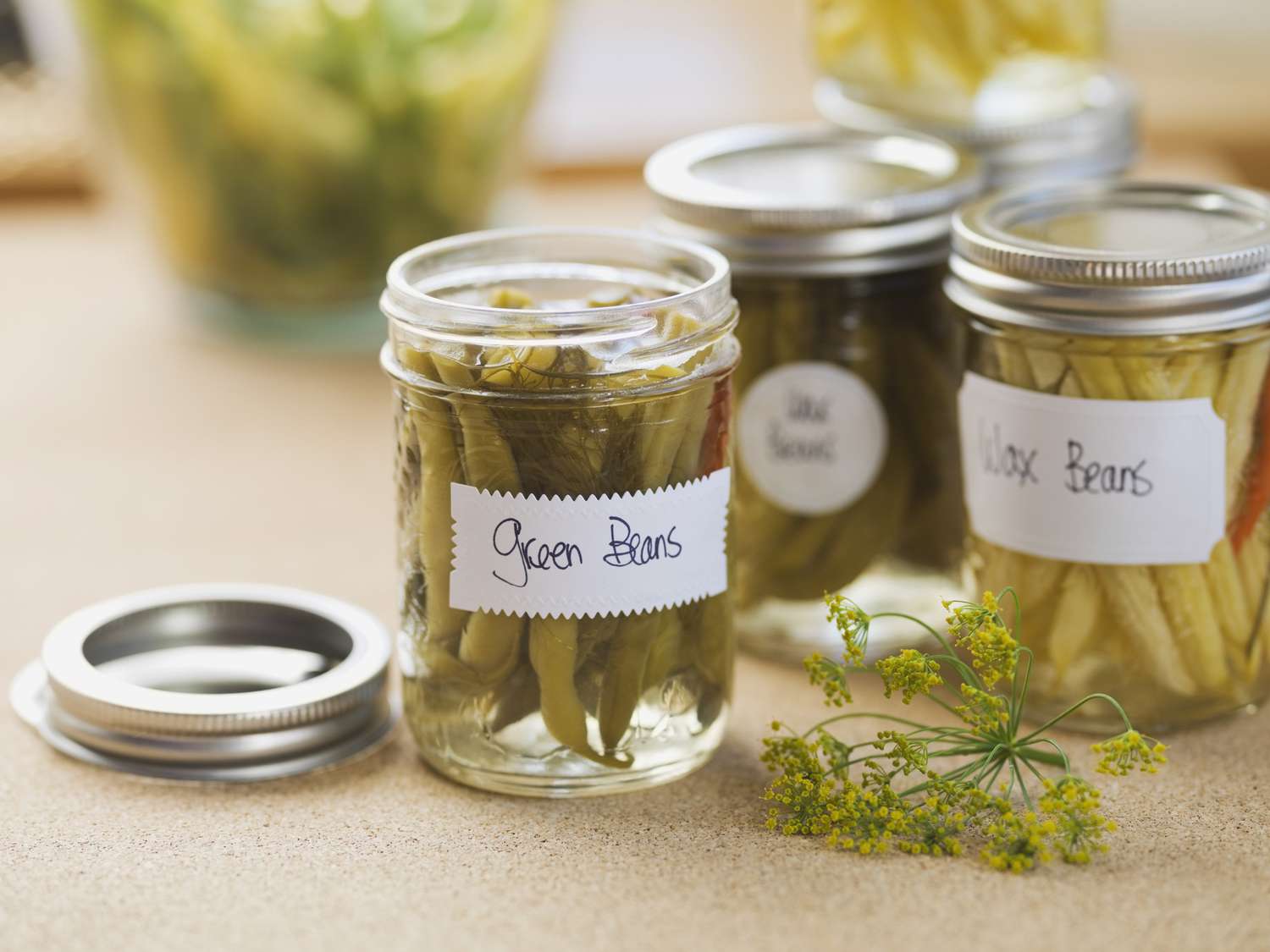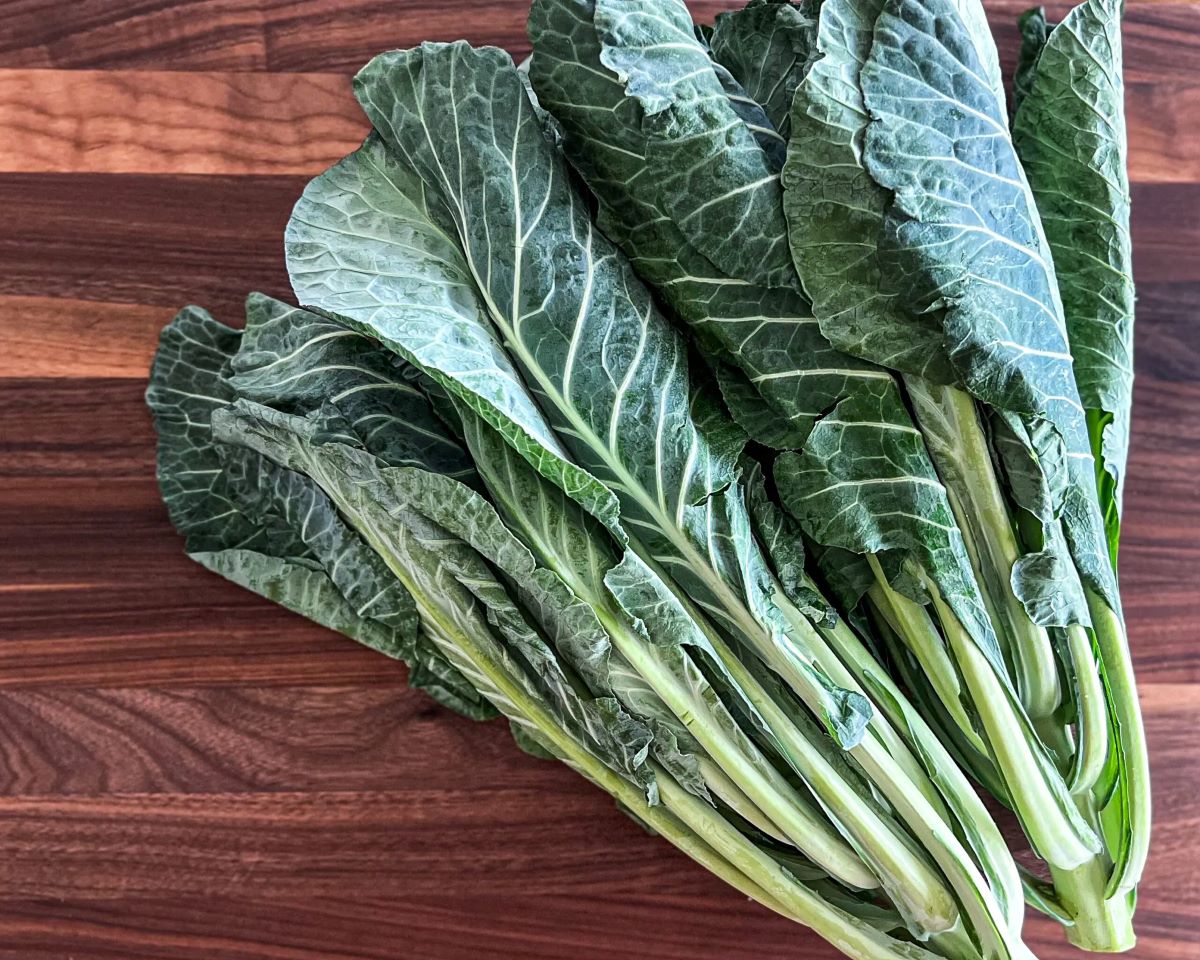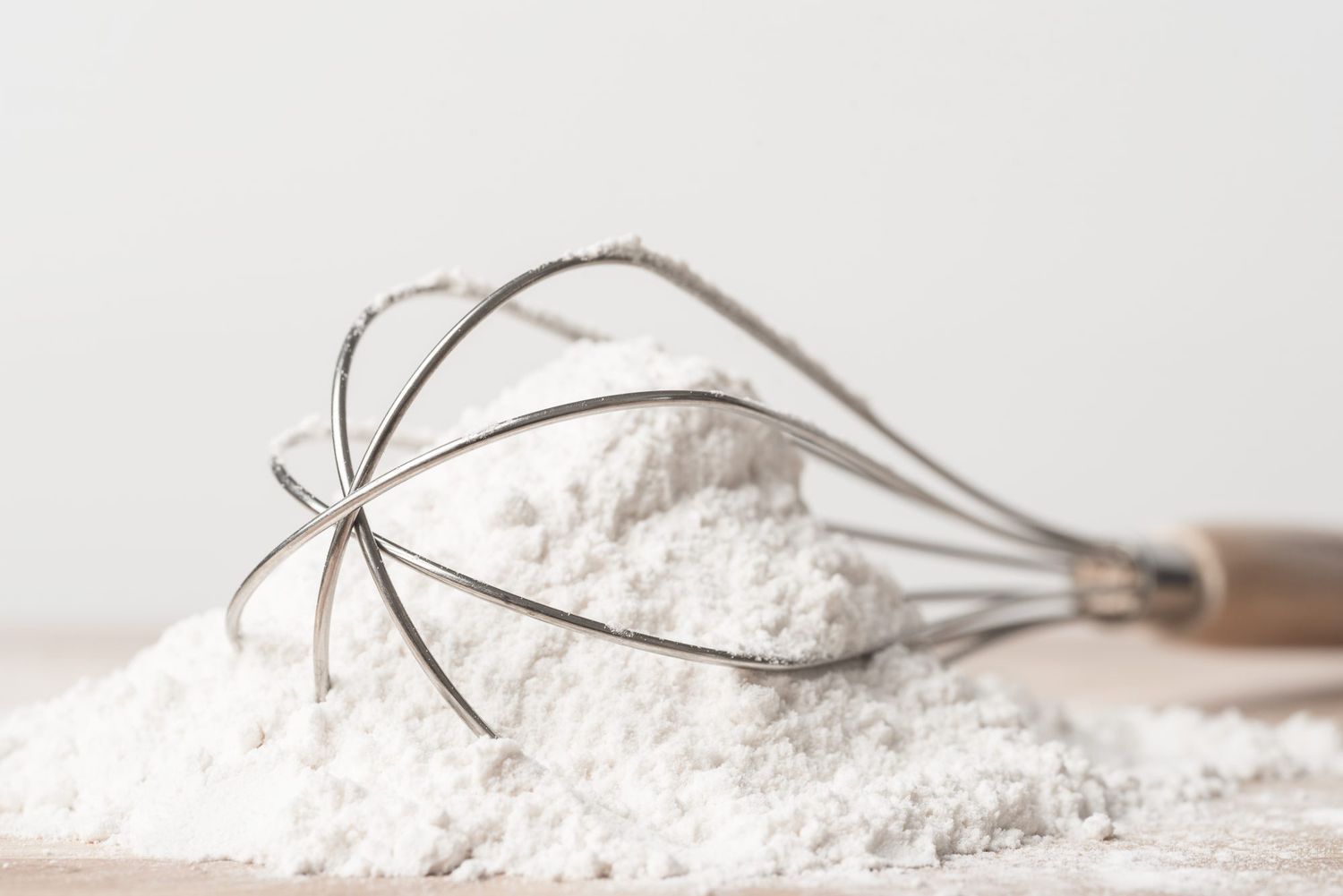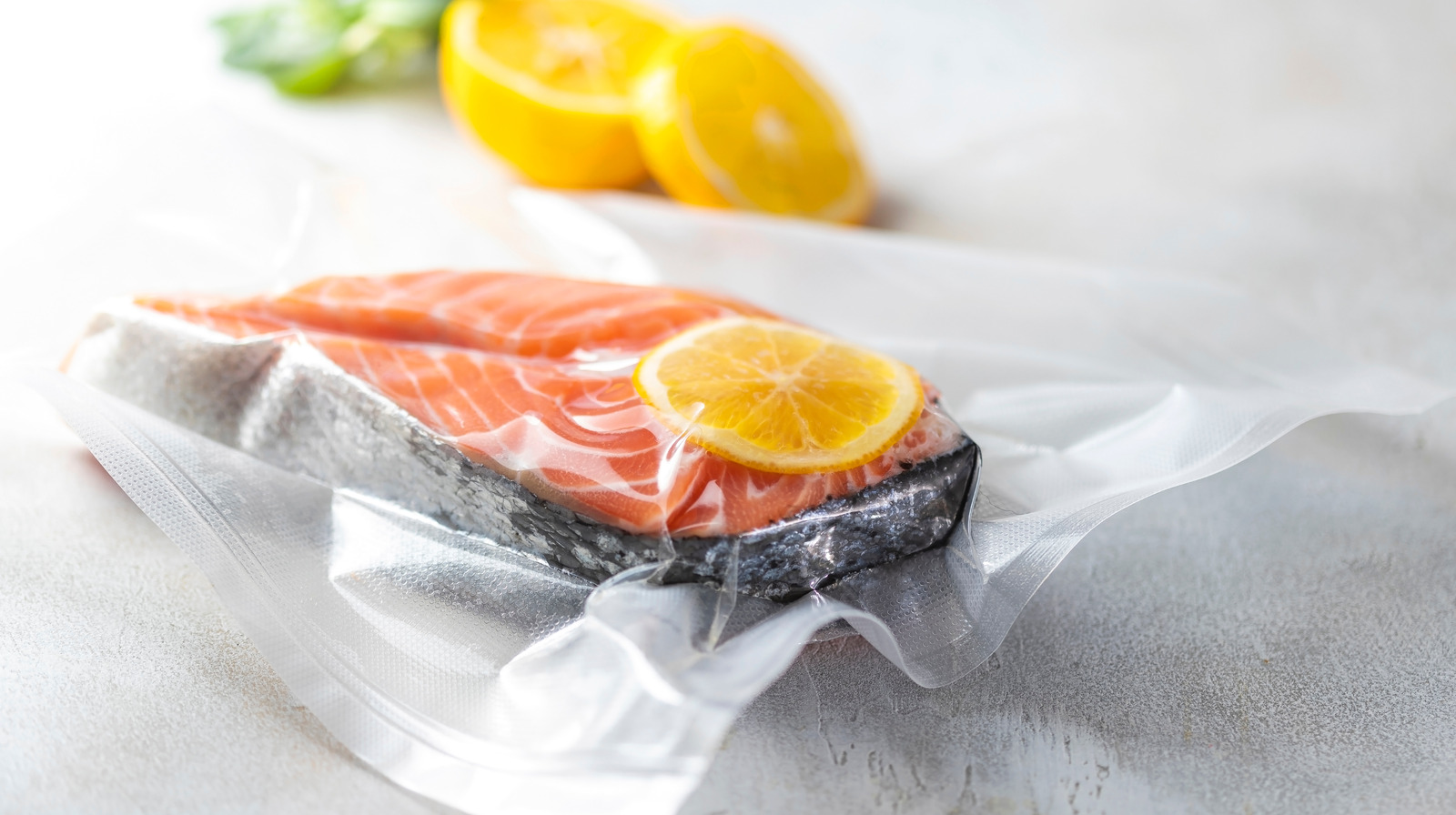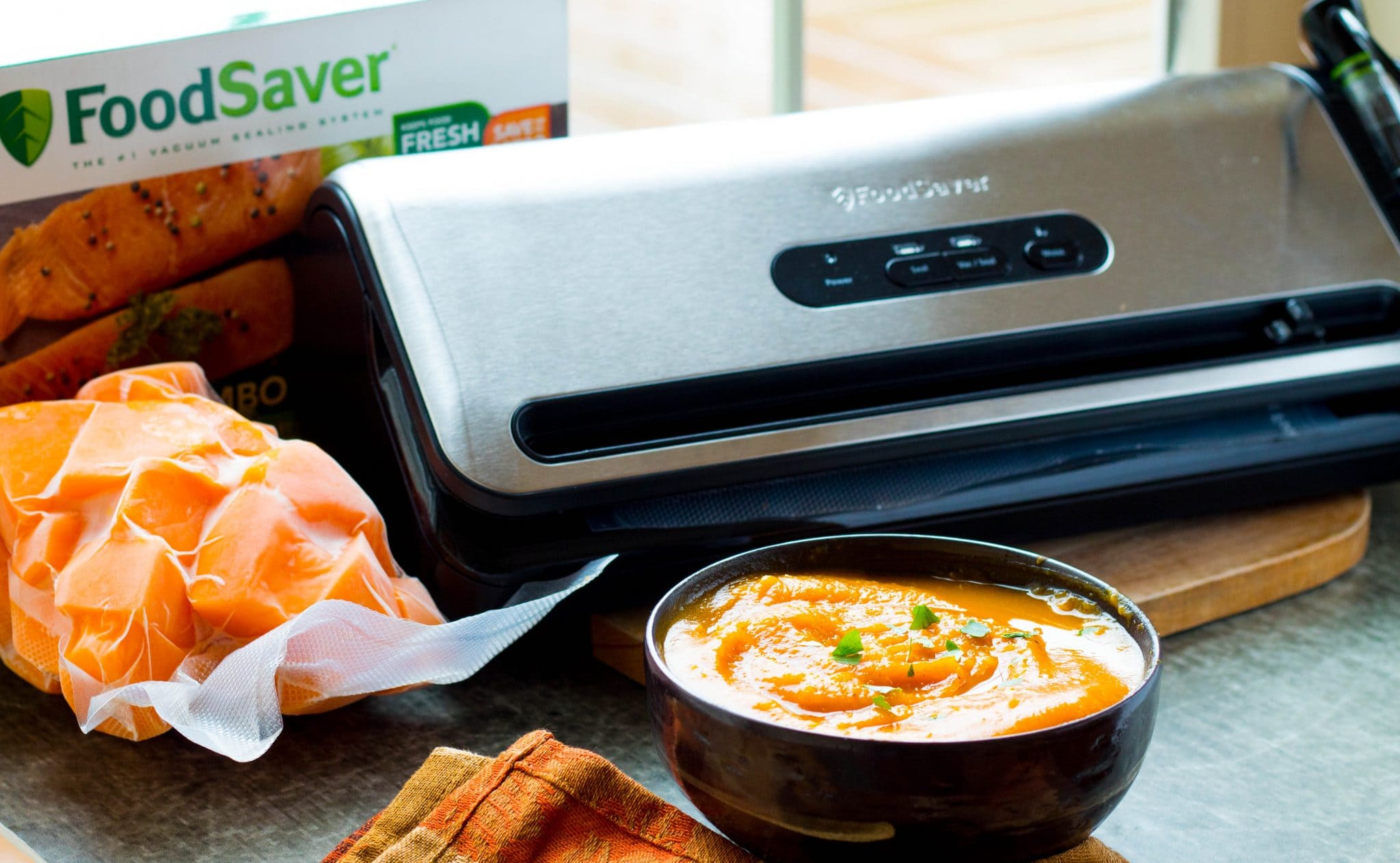Preserving the Flavor and Freshness of Prime Rib Roast with Vacuum Sealing
Prime rib roast is a delectable and succulent cut of meat that is often reserved for special occasions and holiday feasts. To ensure that this premium cut retains its flavor and freshness for longer periods, vacuum sealing is an excellent preservation method. By removing air from the packaging, vacuum sealing helps to prevent oxidation and freezer burn, ultimately preserving the quality of the prime rib roast. If you’re wondering how to vacuum seal prime rib roast effectively, follow these simple steps to lock in the flavor and juiciness of this premium cut.
Step 1: Prepare the Prime Rib Roast
Before vacuum sealing, it’s essential to prepare the prime rib roast properly. Trim any excess fat from the surface of the meat and season it with your preferred blend of herbs and spices. This step is crucial as it enhances the flavor profile of the roast and ensures that the seasonings are sealed in during the vacuum sealing process.
Step 2: Choose the Right Vacuum Sealer
Investing in a high-quality vacuum sealer is key to effectively preserving the prime rib roast. Look for a vacuum sealer that offers a strong seal and has the capability to handle larger cuts of meat. Additionally, ensure that you have an adequate supply of vacuum sealing bags or rolls that are suitable for use with your specific vacuum sealer model.
Step 3: Portion the Prime Rib Roast
Depending on your preferences and meal planning, consider portioning the prime rib roast before vacuum sealing. This step allows you to seal individual portions, making it easier to defrost and cook smaller quantities as needed. Alternatively, you can choose to vacuum seal the entire roast for a larger gathering or special occasion.
Step 4: Vacuum Seal the Prime Rib Roast
Once the prime rib roast is prepared and portioned, it’s time to vacuum seal it. Place the seasoned roast into a vacuum sealing bag or roll, ensuring that there is ample space at the top for sealing. Carefully insert the open end of the bag into the vacuum sealer and follow the manufacturer’s instructions to create a tight seal. As the air is removed from the bag, the prime rib roast will be tightly sealed, ready for storage or cooking.
Step 5: Label and Store the Vacuum Sealed Prime Rib Roast
After vacuum sealing, it’s important to label the packages with the date of sealing to keep track of freshness. If you’ve portioned the roast, consider labeling each package with the weight and any additional relevant information. Once labeled, store the vacuum-sealed prime rib roast in the refrigerator for short-term use or in the freezer for long-term storage.
Benefits of Vacuum Sealing Prime Rib Roast
Vacuum sealing prime rib roast offers several benefits that contribute to preserving its quality:
- Extended Freshness: Vacuum sealing helps to extend the freshness of the prime rib roast, allowing it to be stored for longer periods without compromising its flavor and texture.
- Prevents Freezer Burn: By removing air from the packaging, vacuum sealing reduces the risk of freezer burn, ensuring that the prime rib roast maintains its optimal quality in the freezer.
- Convenient Portioning: Portioning the prime rib roast before vacuum sealing provides convenience, allowing for easy meal planning and portion control.
- Enhanced Flavor Retention: The vacuum sealing process helps the prime rib roast retain its natural juices and flavors, resulting in a more flavorful dining experience when cooked.
Conclusion
Vacuum sealing prime rib roast is a simple yet effective way to preserve its freshness and flavor, making it a convenient option for meal preparation and long-term storage. By following the steps outlined above, you can ensure that your prime rib roast remains delicious and ready to be enjoyed whenever the craving strikes. Whether you’re planning a special dinner or looking to stock your freezer with this premium cut, vacuum sealing is a valuable technique for maintaining the quality of prime rib roast.
Was this page helpful?
Read Next: How To Vacuum Seal Chips
